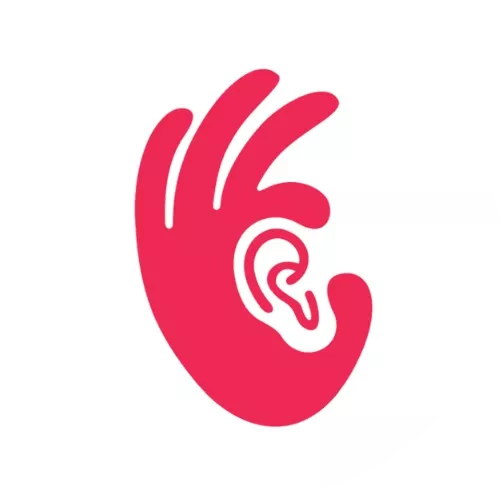
We often say that we hear with our ears. While this is technically true, our ears are not the final destination for sound. We actually hear with our brains. Ears are merely part of the pathway that sounds take to reach the brain. This is why they are sometimes known as the windows to our brain.
When sounds reach us, they are directed into the ear canal by our pinna (which is the outer part of our ear). Sounds then travel along the ear canal until they meet our eardrums. Our eardrums vibrate according to the nature of the sound. These vibrations are passed along the three smallest bones in our body to the cochlea. The “true” organ of hearing, the cochlea is so-called because of its pivotal role in converting the vibrations into electrical signals. These signals then travel along the auditory nerve until it reaches its final destination: the brain. Our brain processes these signals into what we perceive as sound. Everything you hear from the melody of music to the susurration of speech is captured and given meaning by the brain.
Now, when do we need cochlear implants? Well, in most cases, people experience hearing loss due to a damaged cochlea. Our cochlea can be compromised due to a variety of reasons such as prolonged exposure to loud noises, head trauma, ear infections and of course the natural aging process. When the integrity of our cochlea is compromised, it can no longer effectively convert vibrations into signals. This disrupts the hearing process because some sounds cannot reach the brain. This problem is what causes hearing loss. Hence, hearing aids are used to help people hear better by digitally altering the sounds to suit our reduced hearing level. It is an audiologist’s role to program the hearing aids based on your hearing test results. However, there comes a point at which even hearing aids cannot sufficiently amplify sounds to meet your hearing needs. Usually this happens when your hearing loss is severe to profound. At this stage, even with hearing aids, you may struggle to hear clearly.
Cochlear implants aim to overcome this issue by entirely bypassing the cochlea and stimulating the auditory nerves directly. While hearing aids still rely on the cochlea to convert sound vibrations into electrical signals, the cochlear implant will instead electrically stimulate the nerves directly. The auditory nerves send those electric signals to our brain for processing. This results in the perception of sound. The different ways our auditory nerve receives stimulation, i.e., from the cochlea or from the cochlear implant will be reflected on the sound quality we experience. People with normal hearing will perceive a slightly different sound quality from people wearing hearing aids. And the sound quality perceived by cochlear implant users will likely differ from both normal hearing and hearing aid users. Cochlear implant recipients commonly report that sounds are more robotic/ electronic in nature when compared to normal hearing. Think along the lines of Darth Vader. Of course, as the technology grows ever more advance, we expect sounds generated by cochlear implants to more closely mimic natural sounds.
20dB is home to many passionate audiologists skilled in managing patients with cochlear implants. They will discuss with you and your family the ins and outs of cochlear implants and whether you might be a suitable candidate. Our audiologists work closely with many multidisciplinary professions such as ENTs, speech therapists, counsellors, social workers and administrative staff to ensure you receive quality care throughout your implant journey. Written by patrick seow wi liam
So, stick with us as we explore the latest innovations in cochlear implants and what you can expect from your 20dB cochlear implant journey in the next chapter.
Patrick Seow, Clinical Audiologist at 20dB Hearing
.webp) ISO认证公司
ISO认证公司
 国际支持
国际支持
 定制听力解决方案
定制听力解决方案
 注册MAHP听力学家
注册MAHP听力学家
 满意保证
满意保证
 最佳客户服务
最佳客户服务
 最佳企业社会责任
最佳企业社会责任